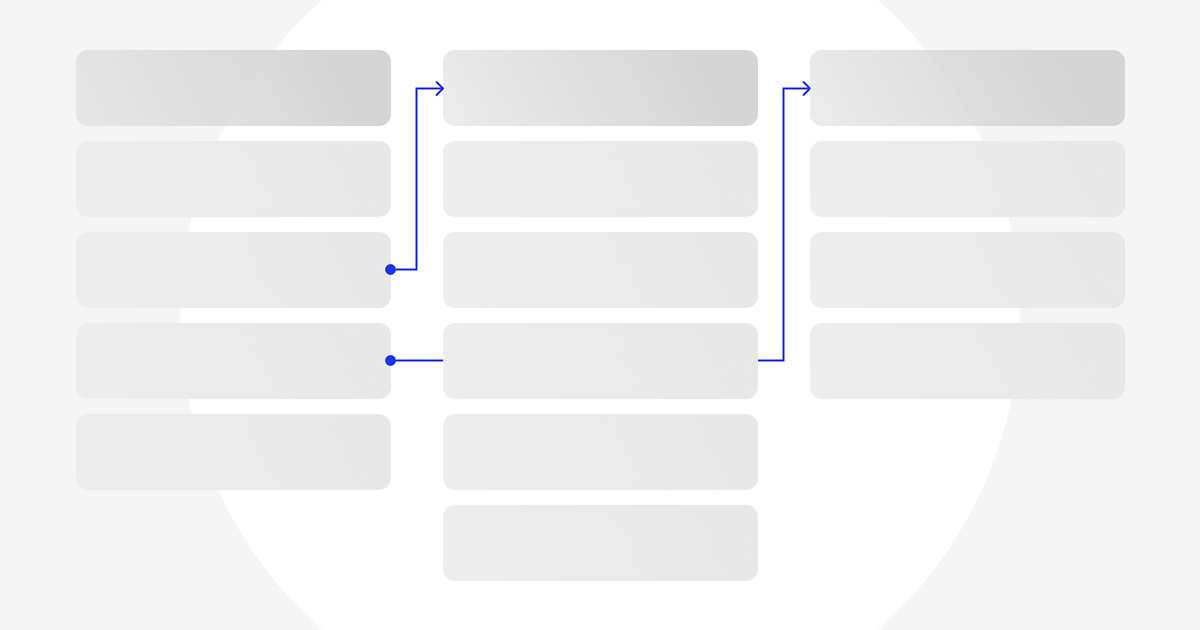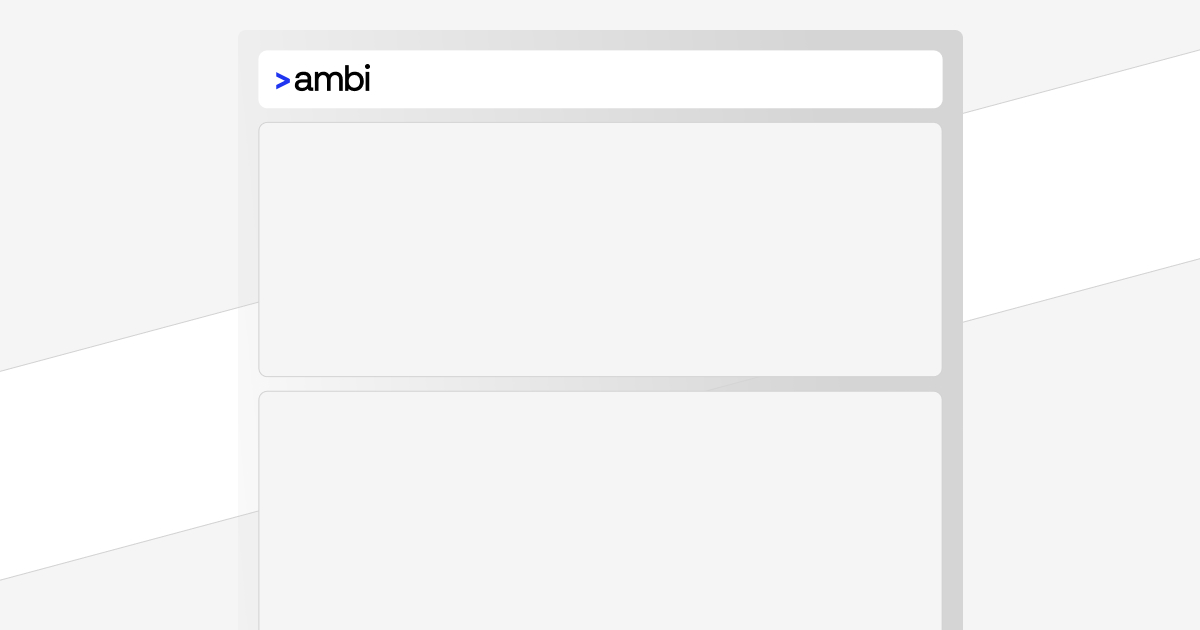Today, more and more companies are switching to Webflow, a platform that combines the simplicity of a designer with the capabilities of professional development. Many people ask: Webflow what is it and why is it chosen by designers and businesses? This is a modern online platform that allows you to create sites of any complexity without deep technical knowledge. You just work with visual elements, customize web design — and you see the result right away.
Webflow is a convenient tool for designers who want to implement ideas without a programmer, and for businesses who want to have a modern, flexible and responsive website.
Why Webflow is becoming popular with businesses and designers
Webflow's popularity is growing because it gives more freedom than classic CMS. Everything that used to require multiple tools is now in one place: editor, hosting, CMS and SEO. The platform allows you to create sites of any complexity — from simple landing pages to online stores — without long approvals and endless edits.
What is Webflow and what is it for
Webflow is a new generation website builder. Or how they now position themselves - website experience platform. It combines visual design and clean code that is automatically generated during operation. The platform is based on HTML, CSS and JavaScript, but does not require knowledge of these languages. Change blocks, colors, or animations — and you get a ready-made website that can be published immediately.
Do I need code knowledge to work with Webflow?
You can work with the tool completely without programming or manual coding. The system is built on the principle of drag-and-drop: you add elements, customize their style and see the result in real time.
For those who know at least the basics of HTML and CSS, the platform opens up additional opportunities. You can not just collect pages, but customize every detail — add your own scripts, integrations, effects or animations.
What programming language does Webflow use?
Webflow is based on three languages — HTML, CSS and JavaScript. They are responsible for the structure, appearance and dynamics of the site. During operation, the platform automatically generates clean code, so the user does not need to write it manually. But for those who want to add their own effects or integrations, there is the option to insert their code snippets.
Benefits of using Webflow
Webflow is a rare case where simplicity and power work together.
- Convenient editor.All changes are visible immediately, so the process becomes quick and clear.
- Total freedom of design.You can create unique layouts, soft animations, motion effects or 3D.
- Convenient CMS.Texts, photos, products are updated right on the page.
- Speed and SEO.The platform generates clean code, supports meta tags, XML maps and analytics. Sites are hosted on reliable servers, which ensures stable operation in any country.
Another plus is stability. It's easy to scale here: you can start with a simple website and then add a blog or online store.
Disadvantages and limitations of Webflow
No tool is perfect — and Webflow is no exception. First, it is a paid platform: tariffs increase along with functionality. For small projects, this is not critical, but large-scale sites require more expensive plans.
Secondly, although the tool positions itself as a no-code solution, basic knowledge of the layout will still be needed. Without understanding HTML and CSS, it is difficult to make perfect adaptability or correct minor nuances in the layout.
Another point is that there is no full support for multilingual sites and personal accounts. Such functions can be implemented, but through third-party services.
Opportunities for website development and promotion on Webflow
Webflow is not just a place where you build a site, but a space where you can develop it.
Blogging
CMS is simple but powerful. You can add a new article, case or update directly on the page, without the participation of the developer.
SEO Optimization
The platform already has everything you need for promotion: meta tags, alt-descriptions, URL settings and fast page loading. The code is clean and understandable for search engines, so sites are easily indexed.
Marketing and analytics
The platform integrates with Google Analytics, Facebook Pixel, Mailchimp, Zapier, HubSpot and CRM systems. It allows you to track traffic, automate mailings, analyze conversions, and ad effectiveness.
Who is Webflow suitable for
This is a versatile tool that is equally convenient for designers, freelancers and businesses. For small businesses, this is a quick way to get a professional website without much expense. For designers — the opportunity to implement ideas without the help of a developer. For agencies — an effective platform for creating websites for clients and further managing content.
Webflow is not recommended for complex systems with databases or user accounts, but it works well for corporate, promotional and e-commerce sites.
Conclusion
Webflow is a platform for those who want to create modern websites without too much fuss with code. Here everything is simple: collected, configured, published. It combines the freedom of design, the reliability of hosting, and the speed of work that businesses value.
FAQ
How is Webflow different from other website builders?
First of all, freedom. Unlike Wix or Tilda, Webflow doesn't limit templates — you control each element and see the real code that the platform generates automatically.
Is it possible to create a website on Webflow without knowing the code?
Yes. All elements are added via drag-and-drop editor, and the result is visible immediately.
Is Webflow suitable for large projects and online stores?
Yes, the platform has an e-commerce module and a flexible CMS. It does a great job with mid-level corporate sites, blogs and online stores.





